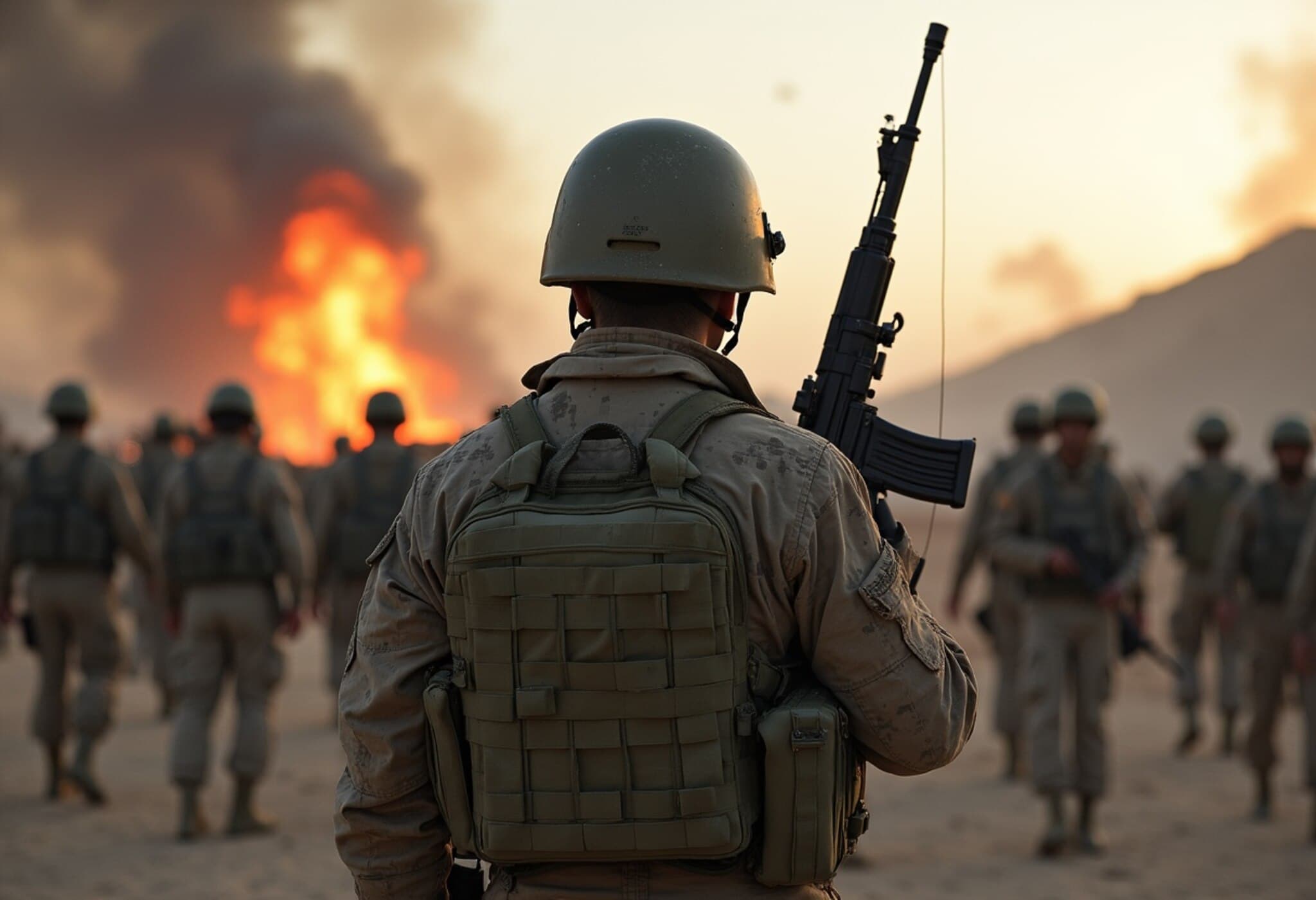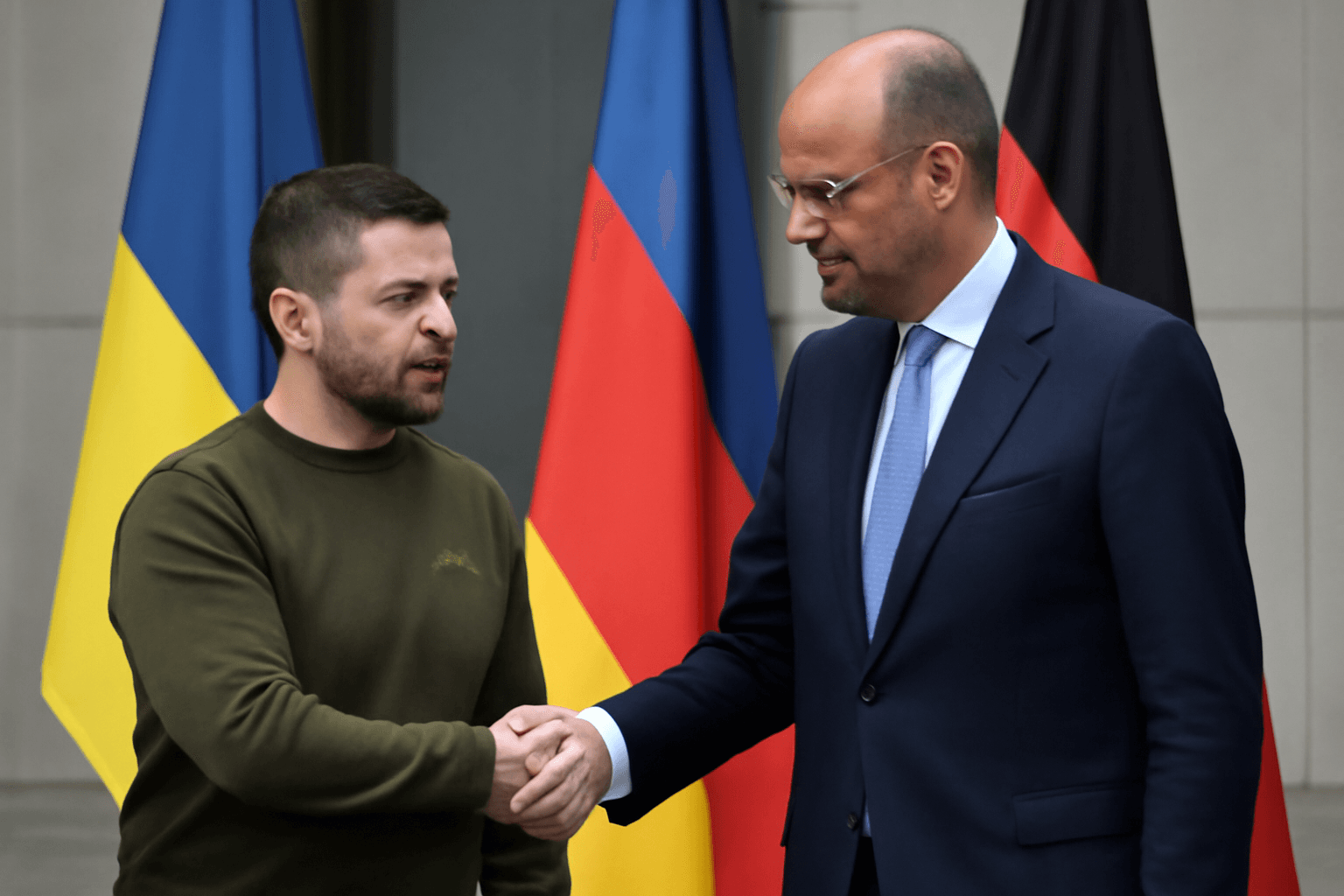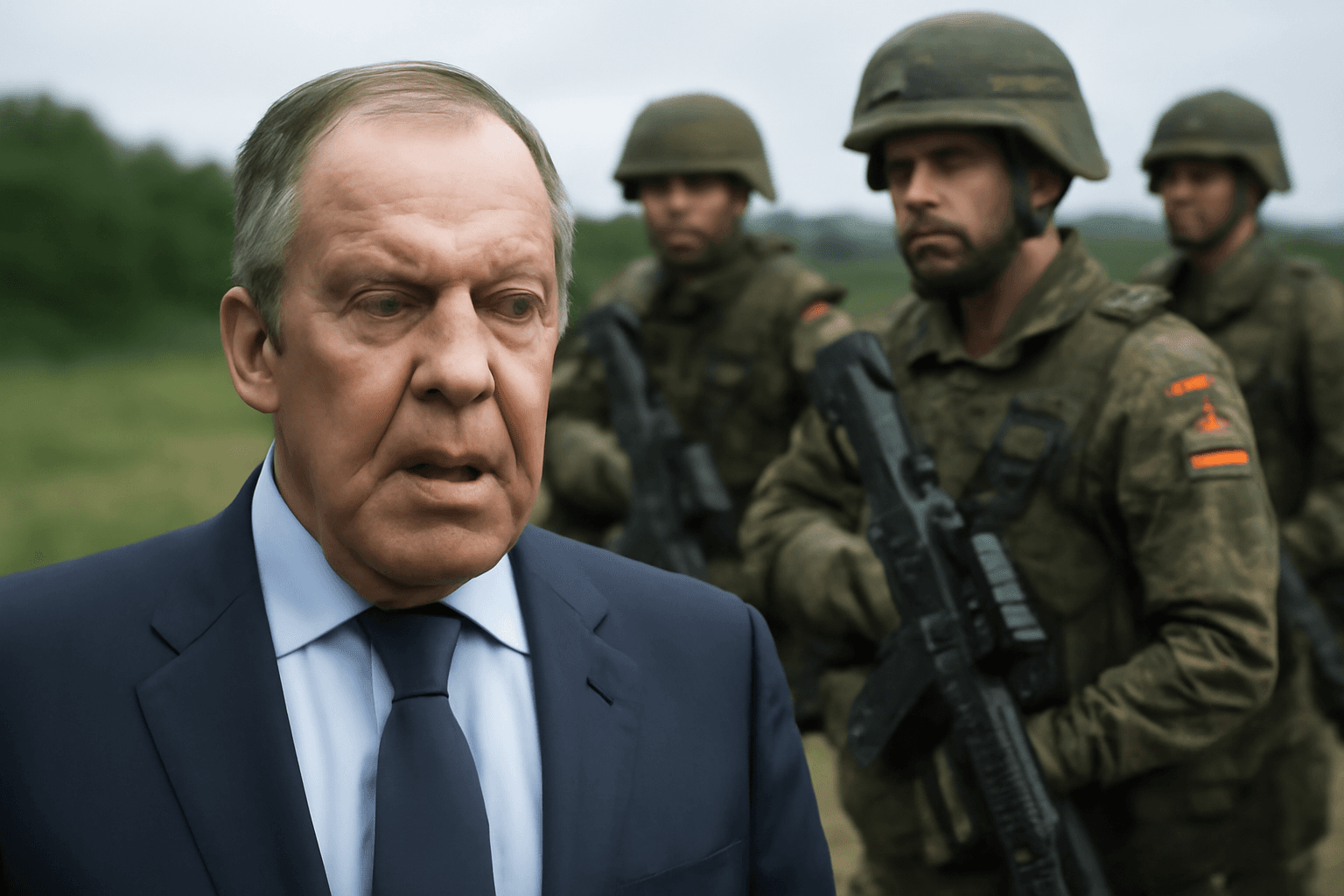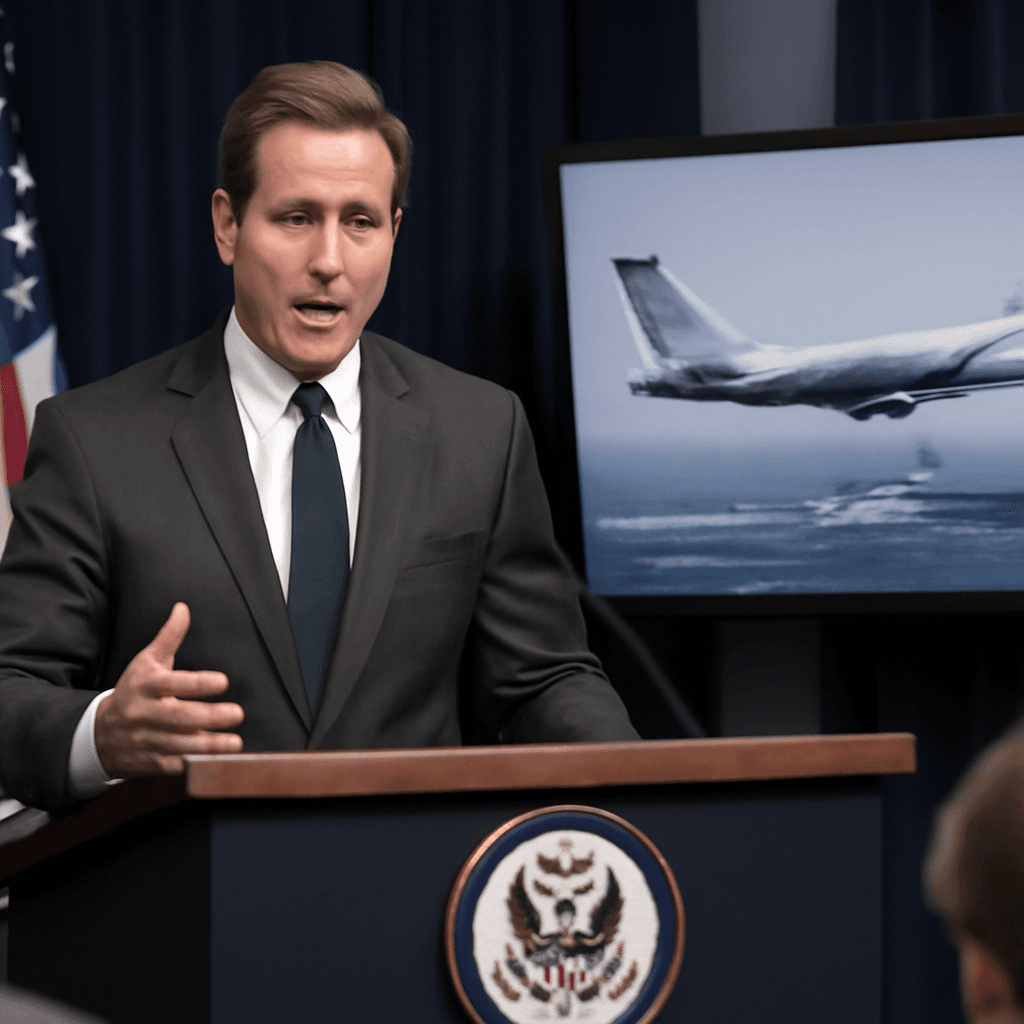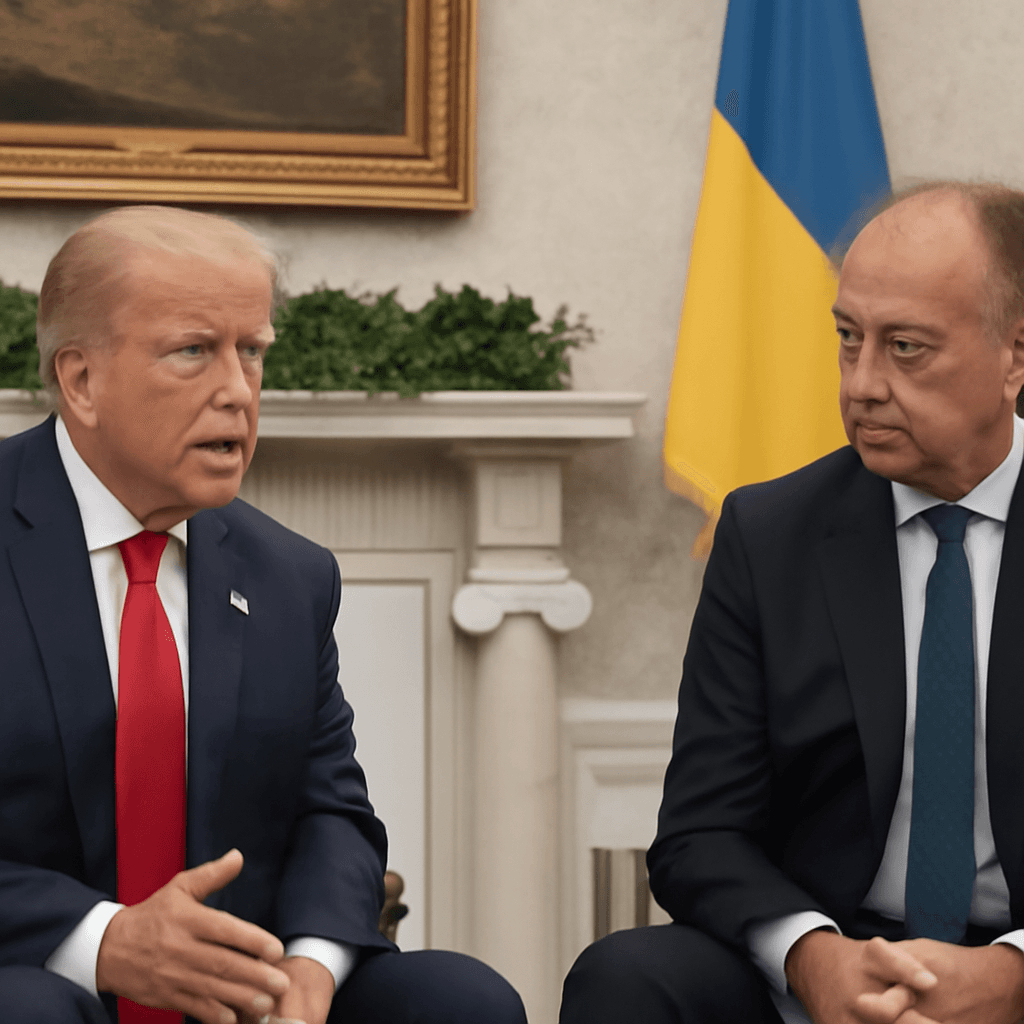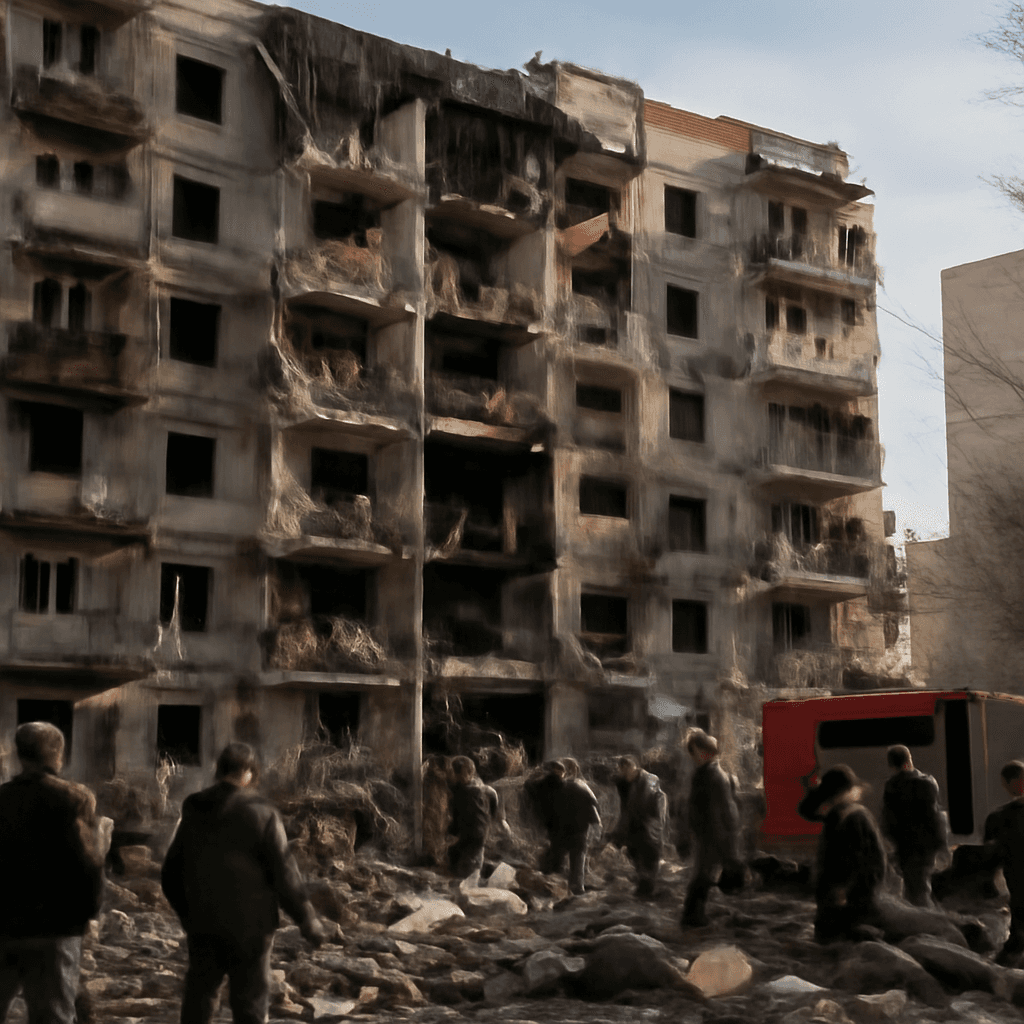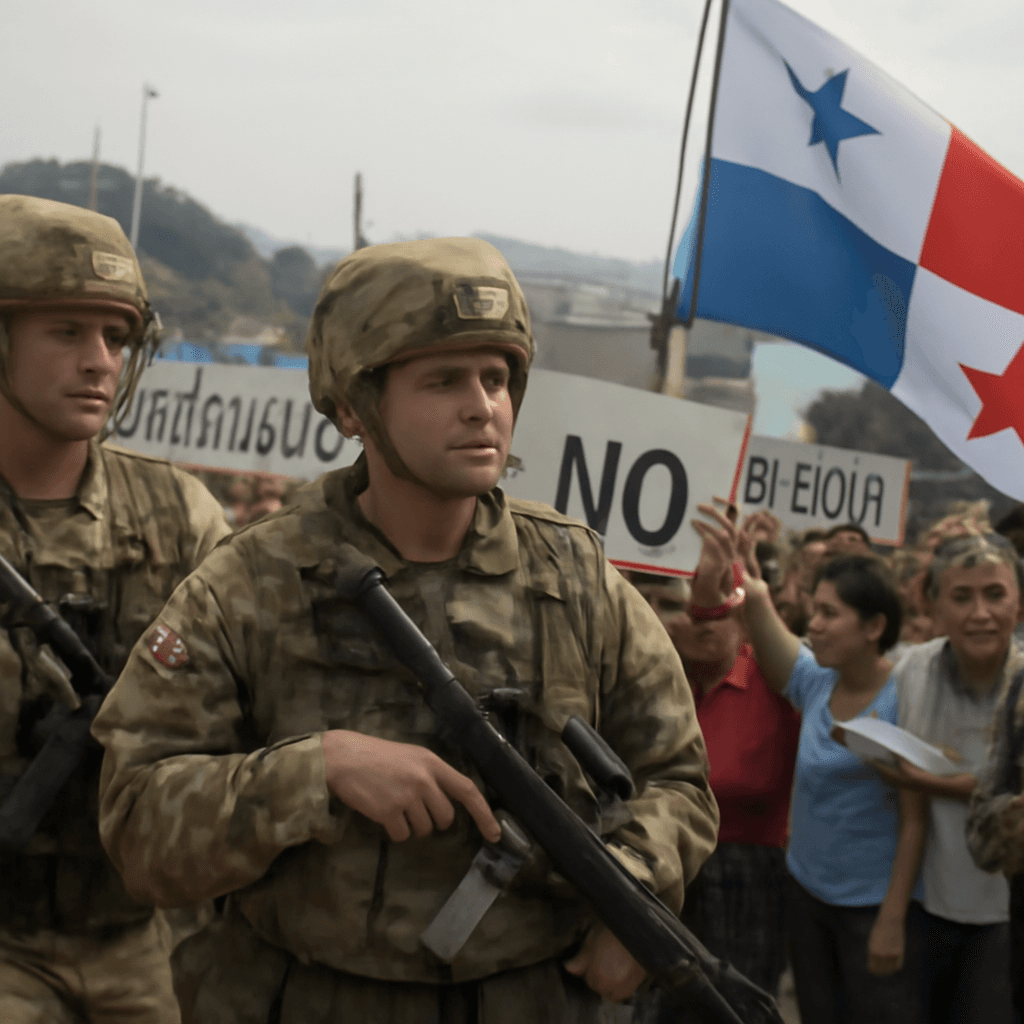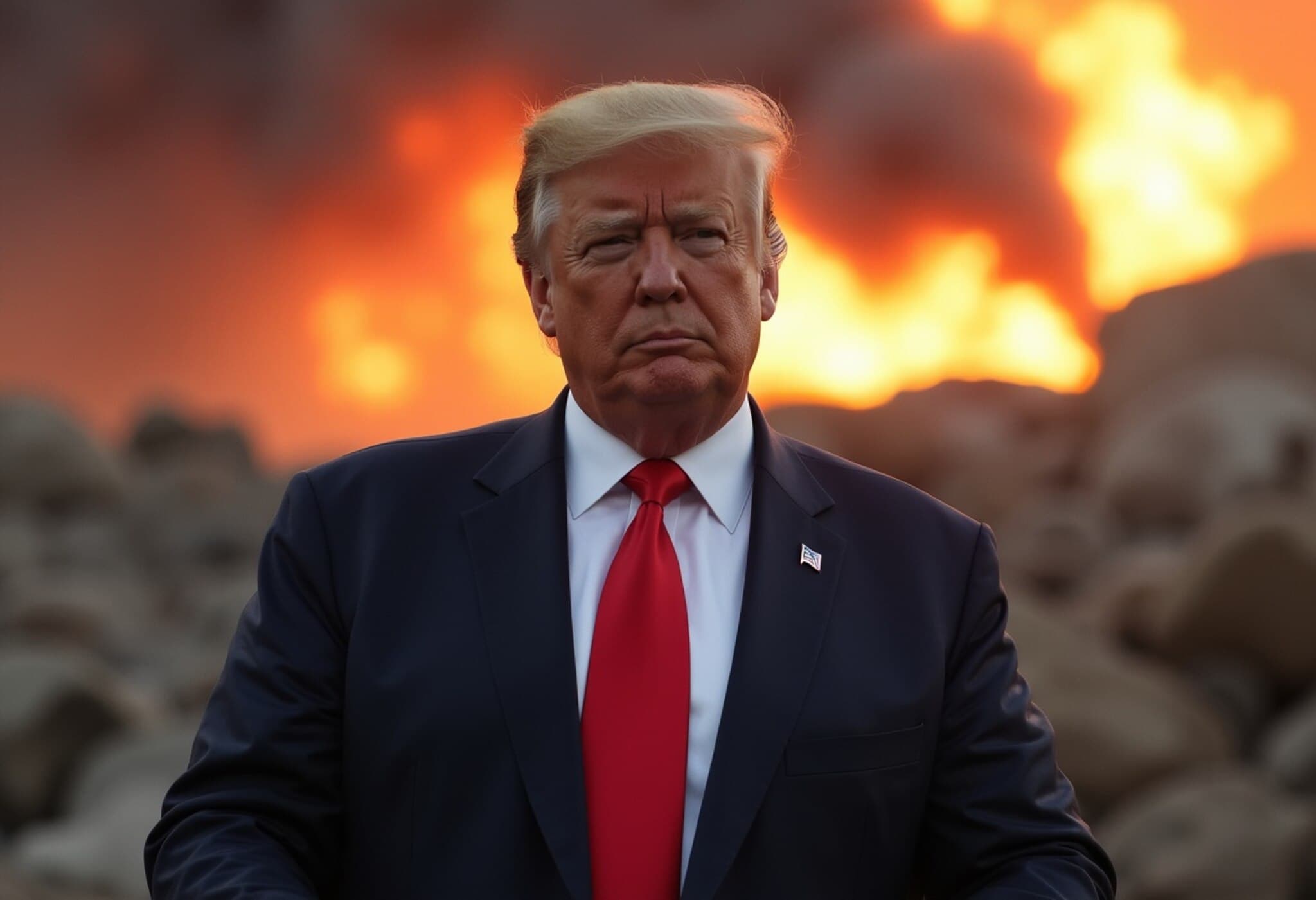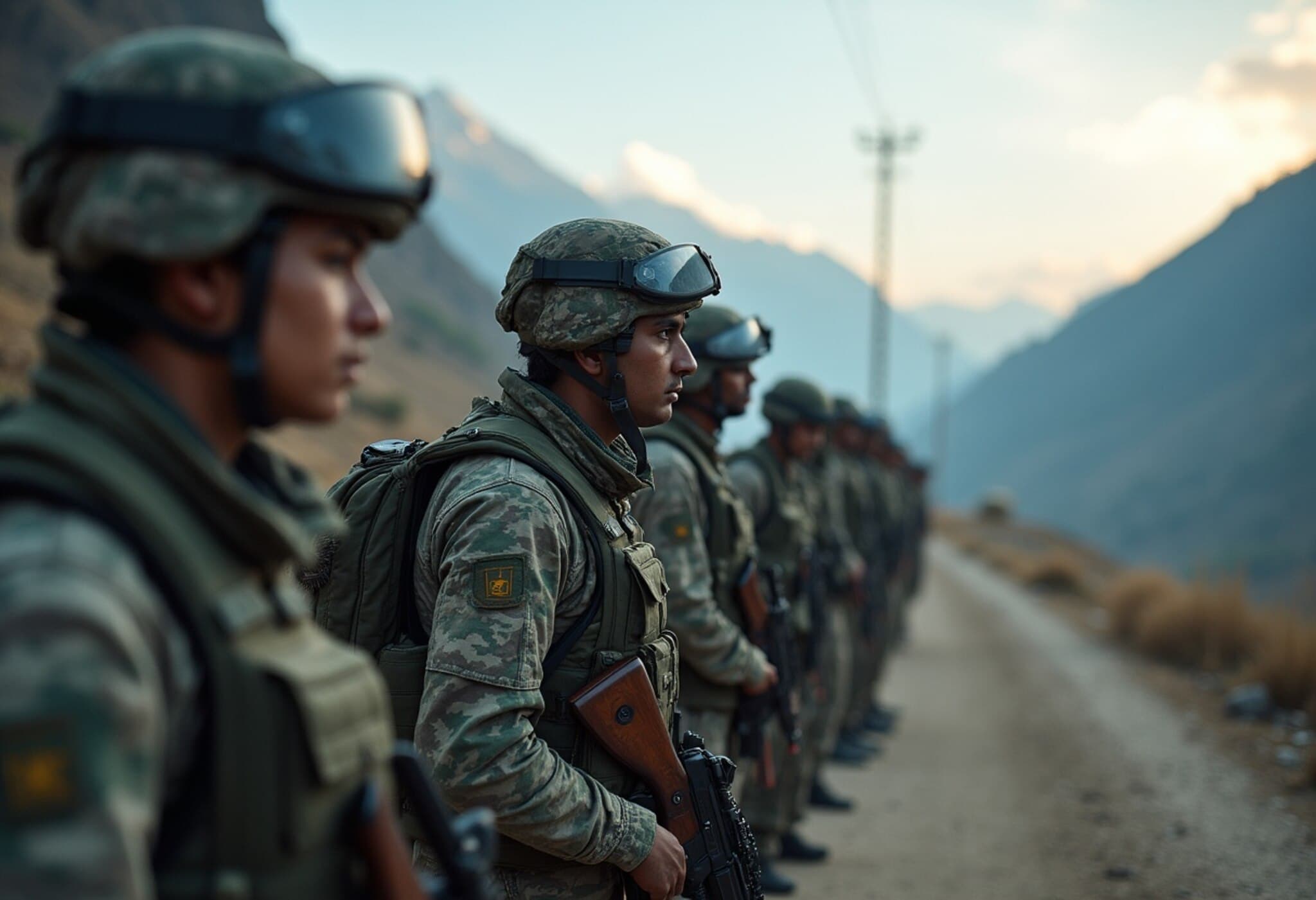Global Military Power on the Rise: A Renewed Wave of Militarization
Across the globe, a palpable shift towards militarization is underway. From Europe’s renewed defense initiatives to strengthening military grip in Pakistan and the United States’ domestic troop deployments, nations are increasingly prioritizing military might against a backdrop of escalating conflicts and geopolitical tensions.
Europe Responds to Bolstered Russian Threat and Shifting US Ties
European nations have accelerated efforts to reinforce their armed forces amid growing concerns over Russia’s assertive posture and uncertainties surrounding US engagement. Germany recently observed its first Veterans Day, symbolizing a significant change in public sentiment towards defense. Constitutional amendments and increased defense budgets reflect Germany’s commitment to bolster its military capabilities.
Other European states like the United Kingdom, France, Denmark, and the Baltic countries have also boosted defense expenditures. This collective emphasis on military readiness stems from worries over potential Russian aggression, the withdrawal of US forces from the continent, and the unexpected rapprochement between US and Russian leaders. In particular, Denmark faces unique challenges as the US administration has expressed interest in annexing Greenland, raising tensions in the region.
Asia’s Military Buildup: Japan and Taiwan Brace Against China
In East Asia, Japan and Taiwan are significantly upgrading their defenses in response to a steadily expanding Chinese military presence. China’s ambition to reunify Taiwan, which it regards as a breakaway province, has intensified regional security concerns.
Japan’s military enhancements are especially notable, given its constitutionally pacifist stance that traditionally limits armed forces to defensive roles. Nevertheless, increasing geopolitical risks have spurred Tokyo to expand its military posture. Taiwan simultaneously fortifies its capabilities, wary of China’s aggressive rhetoric and actions.
Pakistan’s Military Consolidates Control Despite Recent Defeat
In South Asia, despite setbacks during recent conflicts with India, Pakistan's military has solidified its political dominance. The military now exerts unparalleled influence over civilian governance, overshadowing elected authorities.
India, in turn, is ramping up military readiness, focusing on modernization and indigenous arms production. Recent demonstrations showed Indian domestically developed platforms outperforming Pakistan’s imported arsenal from China and Turkey. Additionally, India is reorganizing its military command structures to enhance operational effectiveness.
Meanwhile, Pakistan’s military budget saw a 20% increase, even as the civilian populace faces heightened taxes and austerity measures.
US Military Shifts Focus: Large-Scale Domestic Deployments
While withdrawing forces from foreign theaters, the United States has notably increased domestic troop presence during civil unrest. The deployment of National Guard units across states like California, alongside armed US Marines, marks an unprecedented intensification of military involvement on home soil.
Such displays culminated in a lavish military parade celebrating the US President’s birthday, featuring thousands of soldiers and numerous military vehicles. Critics drew parallels with spectacles held by authoritarian regimes, underscoring concerns about the blurring lines between state institutions and individual leadership.
What's Driving This Surge in Militarization?
- Rising geopolitical tensions and unresolved conflicts worldwide.
- Perceived threats from rival powers like Russia and China.
- Domestic political dynamics that empower military establishments.
- Shifts in alliances and uncertainty over traditional security guarantees.
As multiple conflicts continue to unfold—from Eastern Europe to the Middle East—the resurgence of military prominence seems poised to shape global relations for the foreseeable future.

